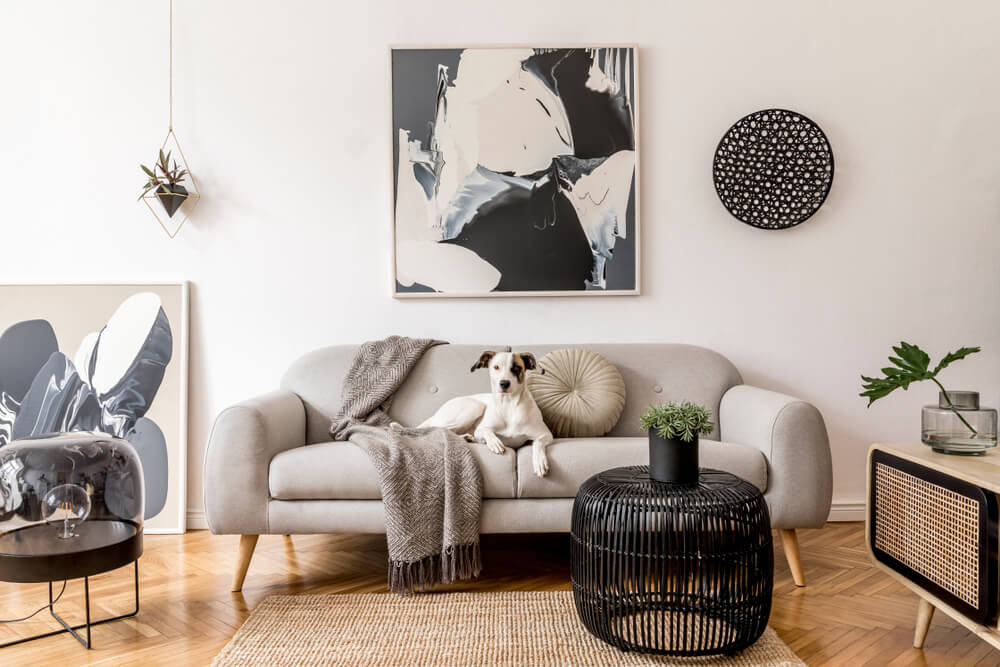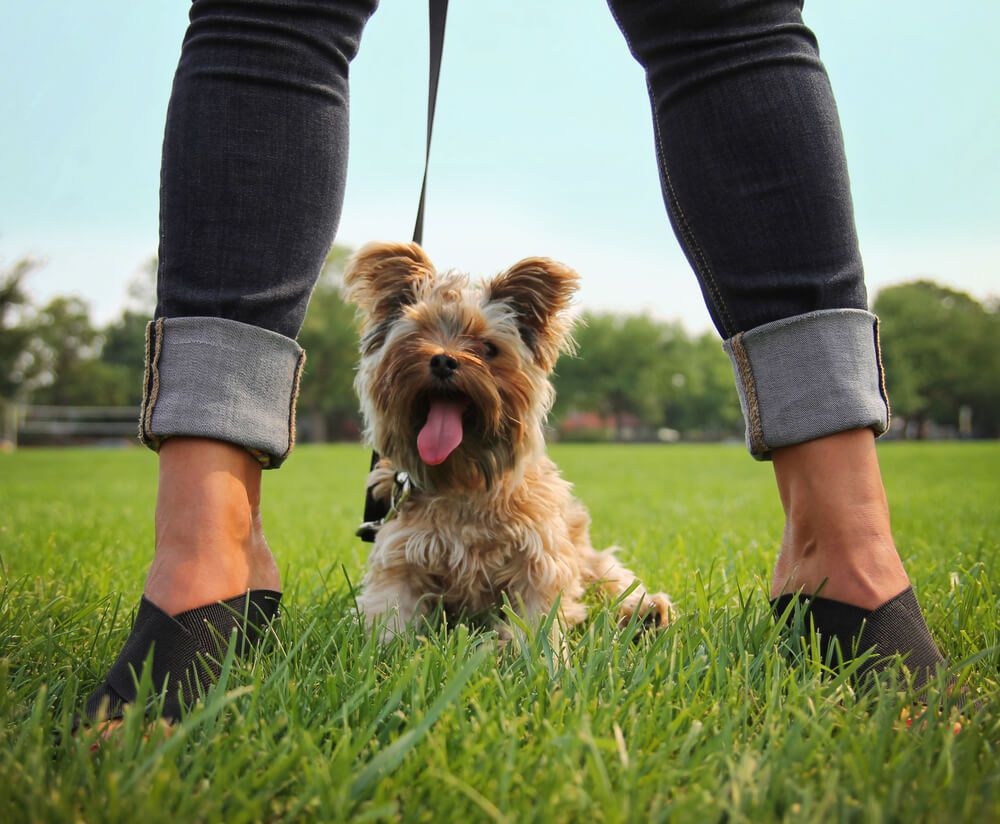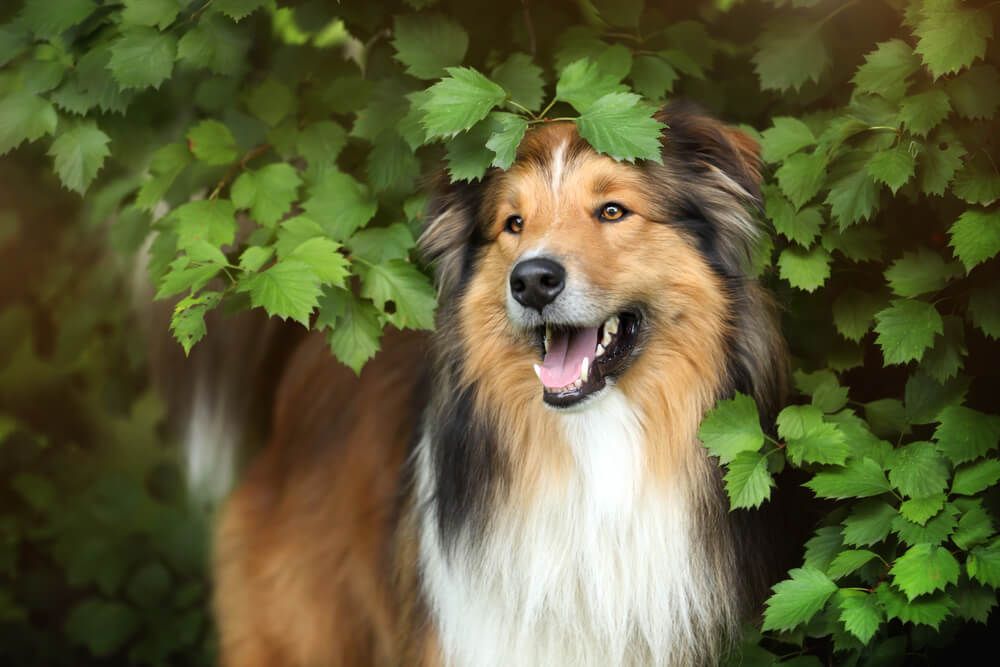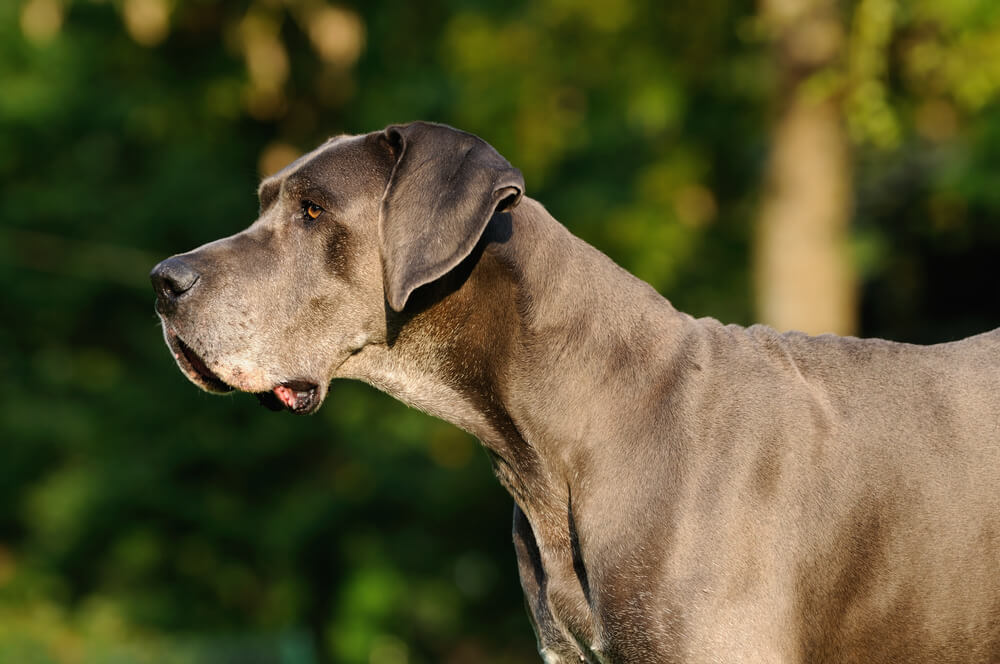Hey Ollie blog readers! We’re offering you an exclusive 60% OFF your starter box! Try now!
You live in an apartment in a city and you’ve always wanted a dog. You may be wondering what type of dogs thrive in an apartment setting. Movies and advertising may lead us to believe that most dogs are happiest out in the country chasing smells and even small animals.
This isn’t necessarily true, some dogs would love nothing more than a cozy apartment and a comfortable couch to watch TV with you and snuggle while snacking on some popcorn.
How do you find the right dog, for apartment living? We’ll walk through some things to consider and a few breeds that are pre-disposed to loving the apartment life!
Six dog breeds most suited to apartment living
- Pugs

Pugs smaller size and breeding as companion animals make them ideal candidates for an apartment roommate. These dogs can live 13 -15 years on average.
- Cavalier King Charles
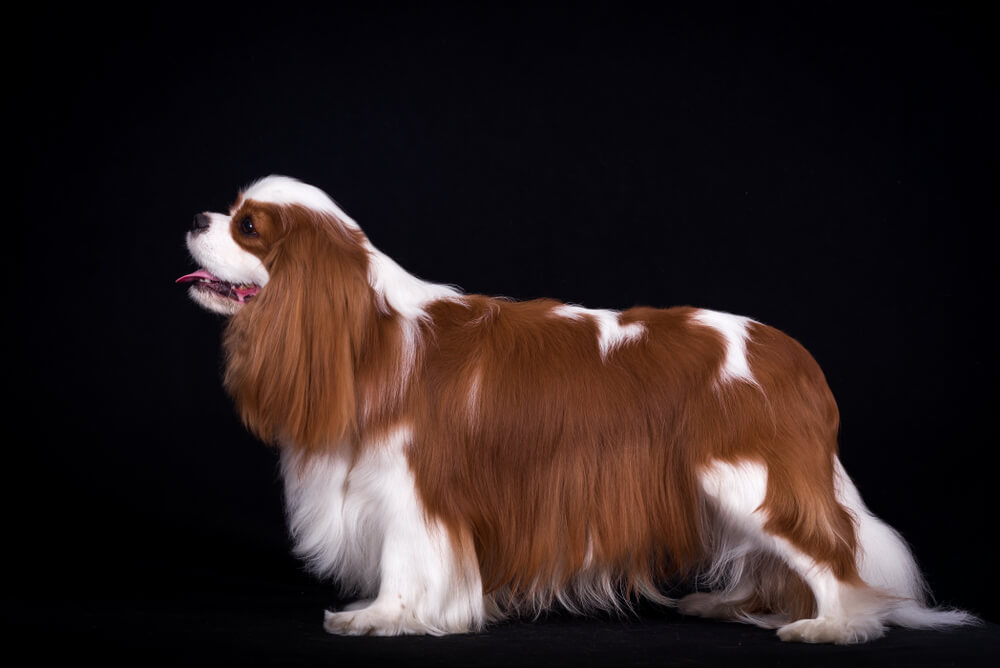
Cavalier King Charles are another breed that originated as a companion animal. Their regal nature lends them perfectly to a life of pampering on your couch. Cavaliers are known to enjoy snacking and taking naps making them the perfect partner for a weekend of Netflix on the couch or a walk to the farmer’s market.
- Boston Terrier
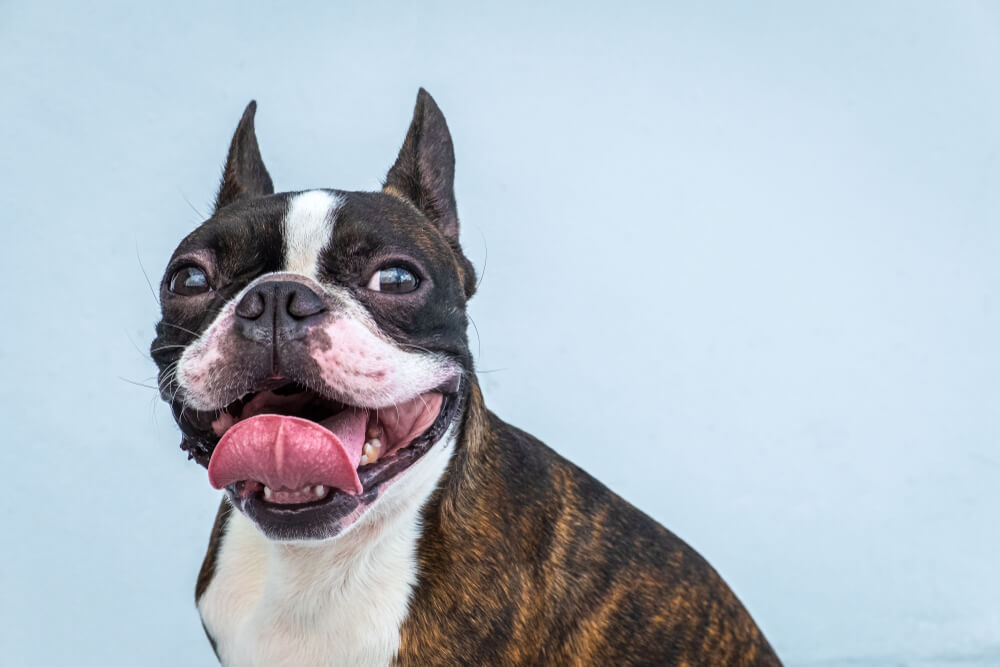
Known as the “American Gentleman” these tuxedoed pups are great companions. Although they are terriers, they are not part of the sporting group of dogs.
- Brussels Griffon

Sometimes seen rocking a pretty serious beard, Brussels top out around 12 pounds making them the perfect companion and date for a Sunday brunch at that place across from your apartment.
- Whippet
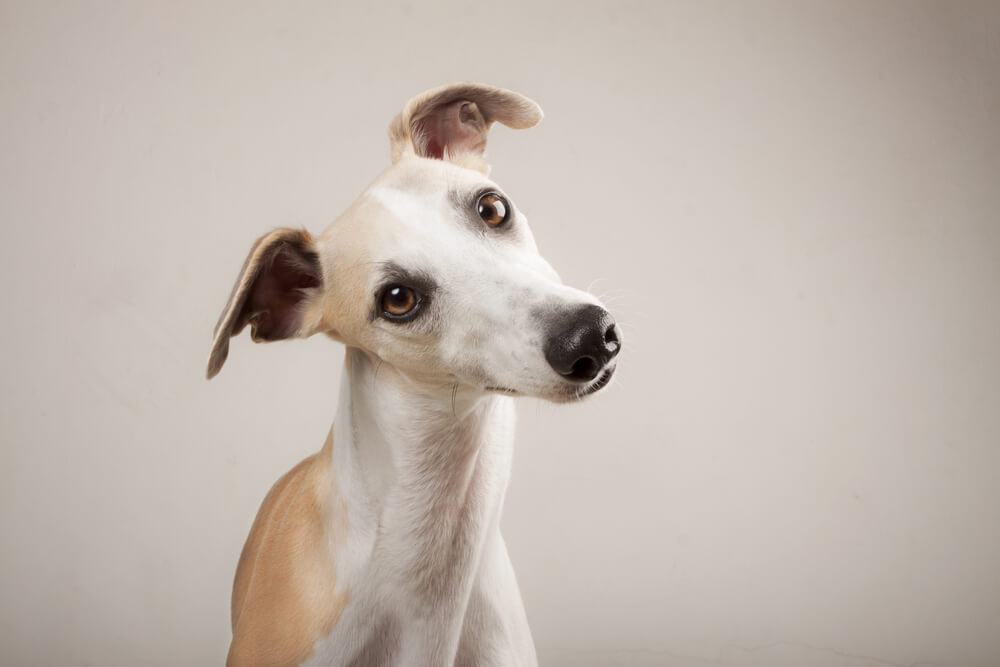
While the whippet is known for being speedy, they also enjoy short races to the best spot on the couch – The American Kennel Club does list these sporty pups as very suitable for life in your penthouse (or third story walk-up).
- Maltese
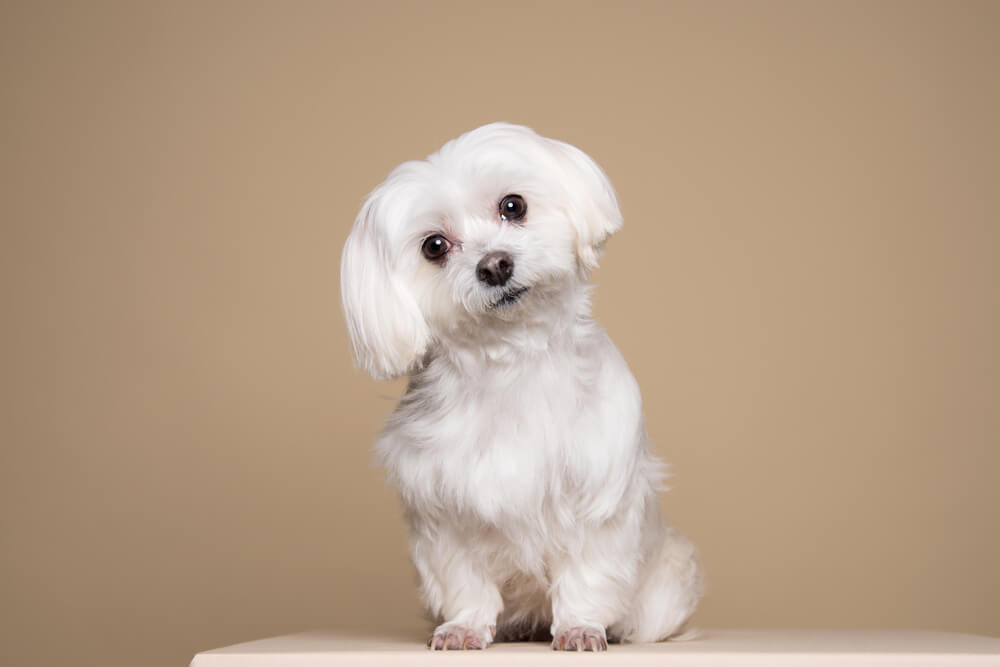
Small, white and fluffy, the Maltese sweet disposition and small size makes them an ideal companion for apartment life. Like most of the other breeds on this list, their average life span can also top 12 years.
- Cattle Dogs
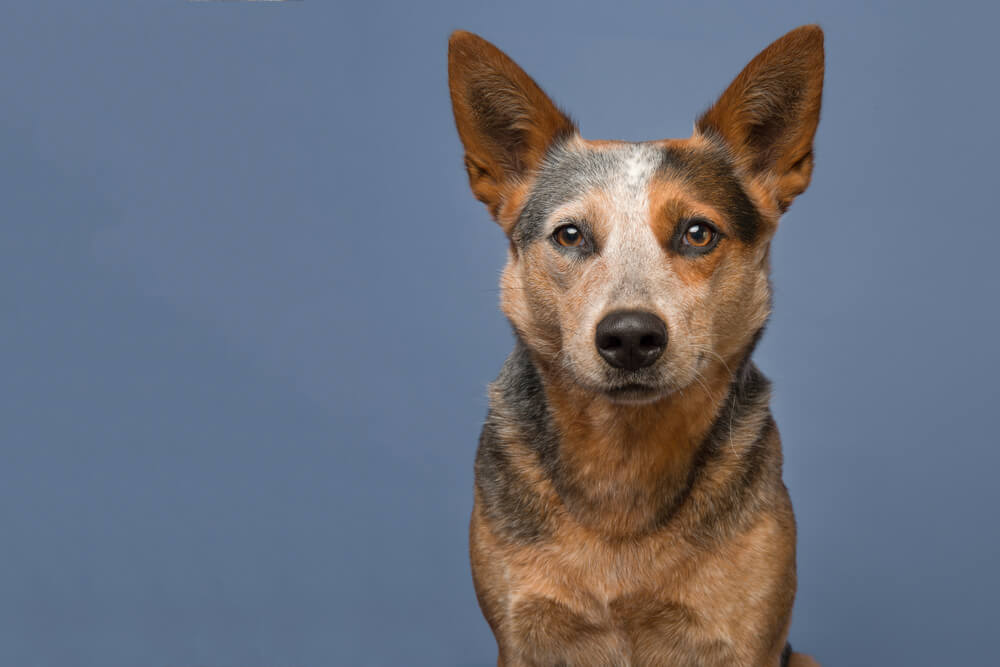
Cattle dogs are working dogs who are not suited to urban environments. They need plenty of room to run and a job or two to do to live their best lives.
- Border Collies
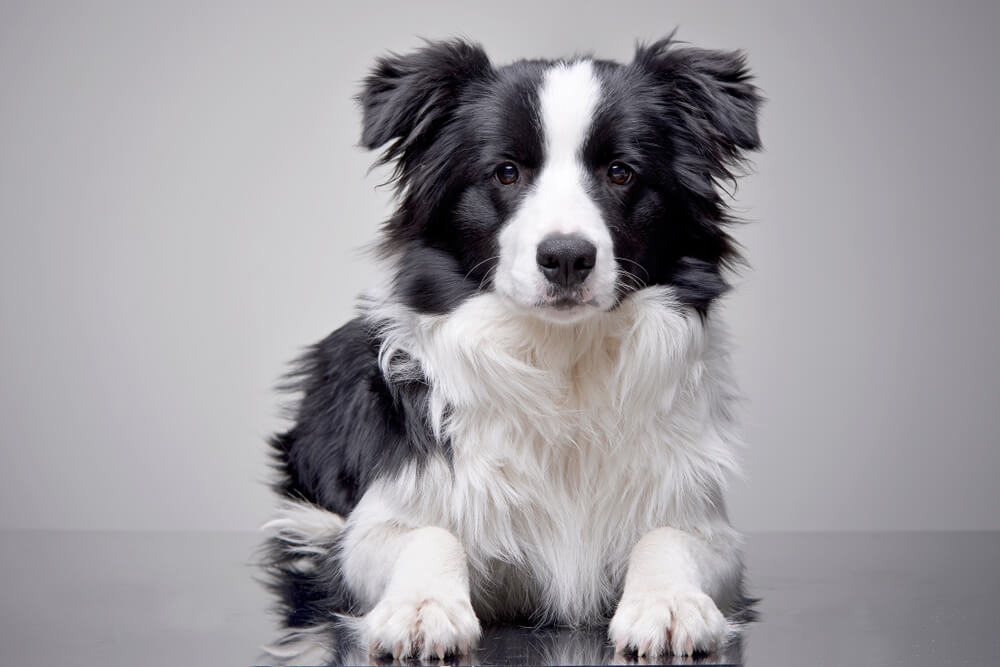
Another working dog breed. You don’t often see Border Collies in the city. These dogs are known for their herding instinct. If they don’t have sheep or cows to heard you may find them herding people or even tennis balls!
- Golden Retrievers

While these dogs are most popular in the suburbs, you will usually see these dogs as family pets. Golden Retrievers can clock in around 80 pounds. They tend to do best with a backyard and space to run around.
- Siberian Huskies
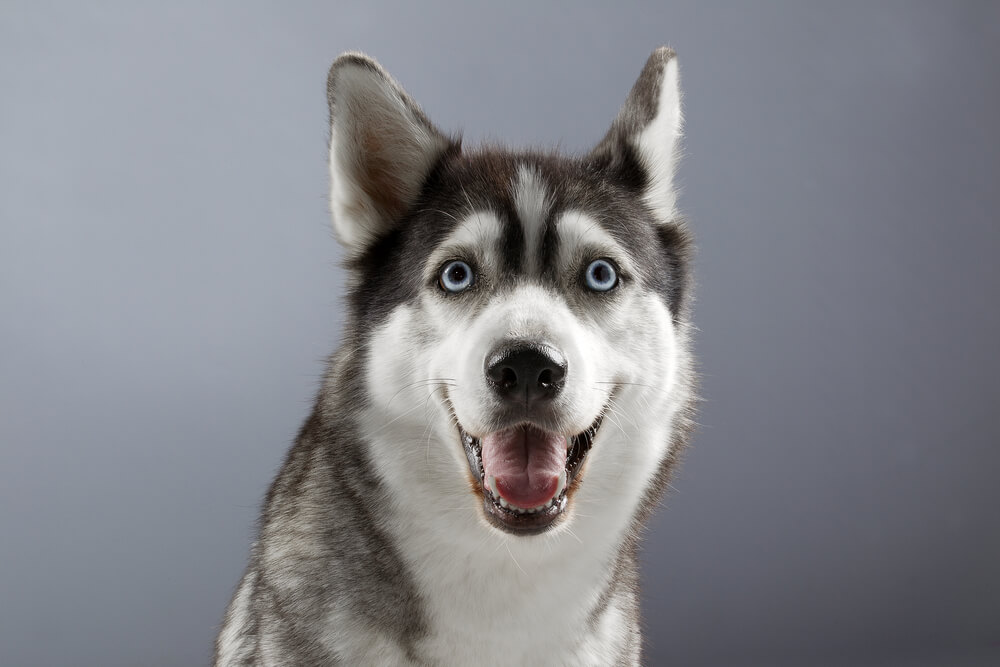
Usually portrayed as sled dogs, these winter-loving pups bark, "talk" and need some space to run around making them not ideal for apartment dwelling.
- Dogs that are known to bark a lot
If you have neighbors in close quarters, you will want to choose a dog that doesn’t bark a lot or bark loud. Some breeds like hunting dogs may bark or make excessive noise, this is probably not best for your apartment and may cause neighbors to complain. This doesn’t mean you can’t train your dog not to bark – you can teach dogs to be quiet but it is easier to start with a dog breed who is not known for barking a lot.
- Working dogs or those that require a lot of exercise
You may want to avoid working dogs like Border Collies, Great Pyrenees, or hunting dogs in an extremely urban apartment environment. They have unique needs to work and exercise that may be limited by the apartment environment. While high energy dogs might be just fine in an apartment you’ll need to proactively help manage all that energy and make a plan to provide enough exercise. This could be as easy as a long leash walk in the morning or daily trips to the dog park. Some dogs find doggy daycare to provide enough play, exercise, and socialization so they’re ready to come back to the apartment with you and rest. If you have space, some play space and tug toys in the house can provide entertainment and exercise, especially in colder climates or when it is too rainy or snowy to be outside for long periods safely. In addition to physical exercise, you will also want to consider mental stimulation and exercise. You can play training games, teach your dog tricks or do puzzle toys. This “work” can also help your dog get enough physical and mental stimulation and you don’t need a ton of space to do it.
- Dogs that are too large for your space
You may want to avoid exceptionally large dog breeds. This is especially true if you have a lot of steps or live on a high floor. As the dog gets older, you might need to carry them up and down the steps multiple times a day to get outside. Larger breeds also might need more space to stretch out and exercise too, making them not ideal for a small apartment or condo.
- Not considering the dog’s age and life expectancy
Some dogs can live for 15-20 years. Owning a dog is a lifetime commitment. If you’re thinking in the next few years you might move or grow your family. Your dog should be a part of all of those decisions. Many dogs find themselves at shelters each year because their owners moved and couldn’t take them with. While this is heartbreaking for everyone involved, in a lot of cases it could be prevented. If you think you’ll only be able to keep the dog a short period, you might want to avoid bringing a dog into your home until you’re ready to commit for the rest of their lives.
Four dog breeds that are not suited to apartment living
What do I need to consider before bringing a dog home?
Before you adopt or purchase a pet you want to consider a few things that will enable you to have a happy healthy apartment-dwelling pet.
Do you have enough space in your apartment – some dogs don’t need much space but they do need somewhere for their dishes, toys, bed, and a little space to play, especially for a puppy.
If you’re in a rental check with your landlord to make sure you understand the rules of your building. Some buildings have weight or breed restrictions or require a pet deposit. Most reputable rescues and breeders will require proof that you’re approved by your landlord to bring home a dog.
If you are bringing home a puppy or younger dog, you will want to “puppy proof” your place first. This means covering outlets, hiding wires, picking up clothes and shoes off the floor or anything the dog could get into that it shouldn’t.
To minimize damage when you’re not around to supervise, crate training can be helpful so your dog has a comfortable safe place to go when you aren’t home. Make sure if you are using a crate that your dog is only crated for an appropriate amount of time for his age and gets plenty of exercise and bathroom breaks.
What should I avoid when choosing the right dog for my apartment lifestyle?
The Ollie blog is devoted to helping pet parents lead healthier lives with their pups. If you want to learn more about our fresh, human-grade food, check out MyOllie.com.
Tagged As:

The nutrition your dog needs,
the food they want.

Enjoying our articles? Subscribe our Newsletters and get new articles directly to your inbox
You might also like
25 March 2025
4 MINS READ
Yorkie Pros & Cons: Is a Yorkie the Right Dog for You?
At around 7 inches tall and weighing just 7 pounds, the Yorkshire terrier (Yorkie for short) can fit a lot of personality into their tiny bodies. If you’re looking for a new best friend and have …
25 March 2025
5 MINS READ
Collie Temperament: 6 Personality Traits Explained to Get to Know Collies Better
Described by the American Kennel Club as devoted, graceful and proud, the collie is ranked 38th on their list of most popular breeds. While many people think of Lassie when they think of the coll…
25 March 2025
7 MINS READ
Great Dane Temperament & Personality: Get to Know Your Dog
Usually, the first word that comes to mind when you think of a Great Dane is larger than life! These big, beautiful dogs have a way of capturing attention wherever they go. Have you ever wondered w…
